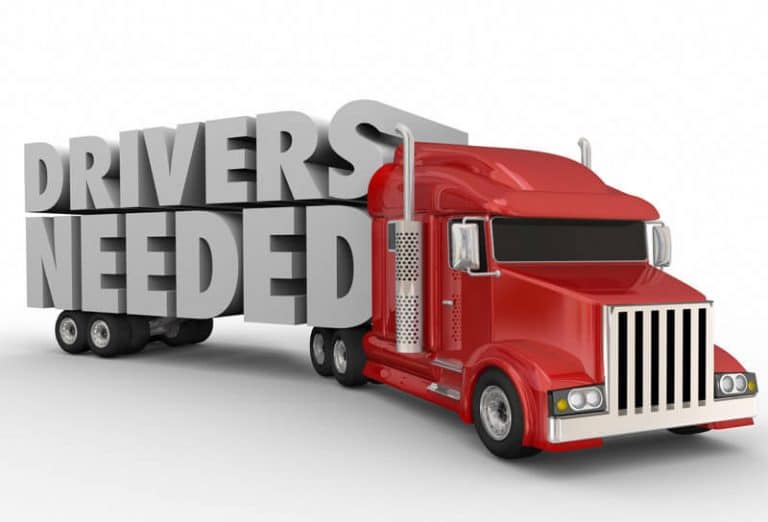Introduction
Trucking plays a vital role in the American economy. It helps transport raw materials and goods across the country. Close to 60% of all commercial freight is hauled by trucks in the US, that’s a substantial share. With so many trucks plying on the nation’s roads, there are safety regulations put in place by FMCSA (Federal Motor Carrier Safety Administration) in regards to alcohol and drug testing for drivers. FMCSA is an agency within US DOT (Department of transportation)
Operating a trucking company comes with it’s own set of challenges and it requires the owner to always comply with safety rules and regulations. If your company has commercial vehicles requiring drivers with CDL (Commercial Driving License) than you come under the purview of drug testing regulations of FMCSA.
This includes any vehicle:
- With a gross vehicle weight of over 26,001 pounds
- Vehicles used for hauling hazardous materials
- Vehicles designed to carry 16 or more passengers including the driver
Drug Testing Rules for Trucking Companies
As per regulations laid out by FMCSA, CDL drivers are required to go through a pre-employment drug screening round before the driver performs any safety-sensitive function. This is a standard 5-panel DOT mandated drug test and tests for Amphetamines, Cocaine, Marijuana (THC Metabolite), Opiates (Heroin included) and Phencyclidine (PCP).
After the initial pre-employment screening, the employer has to perform the tests in the following circumstances:
Post accident: Drug testing maybe required after accidents based on the FMCSA criteria for the accident. The FMCSA requires the employer to test as soon as practicable following an accident involving a commercial motor vehicle (CMV) on a public road in commerce with a driver:
- Who was performing safety sensitive functions if the accident involved the loss of human life (fatality); or
- Who receives a citation within 32 hours of the accident under State or local law for a moving violation arising from an accident, if the accident involved either:
- injury of any person requiring medical treatment away from the accident scene, or
- a vehicle has to be towed from the accident scene
Random Testing: CDL drivers are subject to random testing throughout the year. Random testing introduces a surprise factor and acts as a deterrent. An employer who employs himself/herself as the only CDL driver (owner operatory) in the company shall join a random testing program of two or more covered employees in the random testing selection pool as a member of a consortium.
Selection of drivers randomly should be done based on a scientifically valid method like a random number table or computer software. Employers can hire service agents like National Drug Screening to set up a random selection technique. Employers need to ensure that drivers on being notified about random drug testing should reach the test site immediately.
The start of 2016 saw FMCSA reduce the rate of random testing for drugs from 50% to 25% of the average number of driving positions. This drop is based on the fact that data collected from Motor Carrier Management Information System (MCMIS) showed the positive rate for random drug tests fell below 1% threshold for years 2011, 2012 and 2013. It can be increased to 50% again if the positive rate is equal or more than 1% based on data in MCMIS.
Reasonable Suspicion: CDL supervisors should be trained appropriately by employers to raise a red flag when they suspect something off in driver’s behaviors or notice driver impairment symptoms. A drug and alcohol test should be ordered ASAP by the employer when there is reasonable suspicion.
Return to Duty: When a driver returns to safety sensitive duty after being tested positive, he needs to undergo a return to duty drug and alcohol test to ensure he’s clean and safe to return to work. The driver by this point would have undergone the return to duty process by a DOT qualified substance abuse professional (SAP).
Follow Up: If a driver tests positive for a drug test or refuses to submit to testing. He has to complete the due process of evaluation, education and treatment with a DOT qualified substance abuse professional (SAP) along with a return to duty drug test before he can resume working.
A driver who has been tested positive earlier and undergone the return to duty process with a substance abuse professional (SAP) and got a return to duty negative result is now subject to a follow up drug and alcohol testing test. This testing is prescribed by the SAP.
Urinalysis vs. Hair Follicle
Urinalysis and Hair Follicle are two widely used formats for drug testing. Currently DOT drug testing is urine only. Testing urine samples for drugs is a federally accepted method used by trucking companies and mandated by FMCSA. However, a growing number of trucking companies primarily the big names like J.B. Hunt and Schneider are adopting non-DOT hair follicle drug tests as part of their pre-employment checks. Trucking companies are free to adopt their own tougher non-DOT testing rules but results of these tests cannot be shared with anyone except their human resources departments.
Hair follicle tests can detect traces of drugs as far back as 90 days thus making it a favorable point of argument for trucking companies to keep the roads safe.
Many driver unions on the other hand are united and determined for not allowing hair follicle tests to be a part of the FMCSA testing process. Their view is hair follicle tests are not accurate and ready for prime time.
Get Advice from Experts
If you are the owner of a trucking company or a CDL driver supervisor, get in touch with us to know more about the compliances and regulations involved for drug testing.







